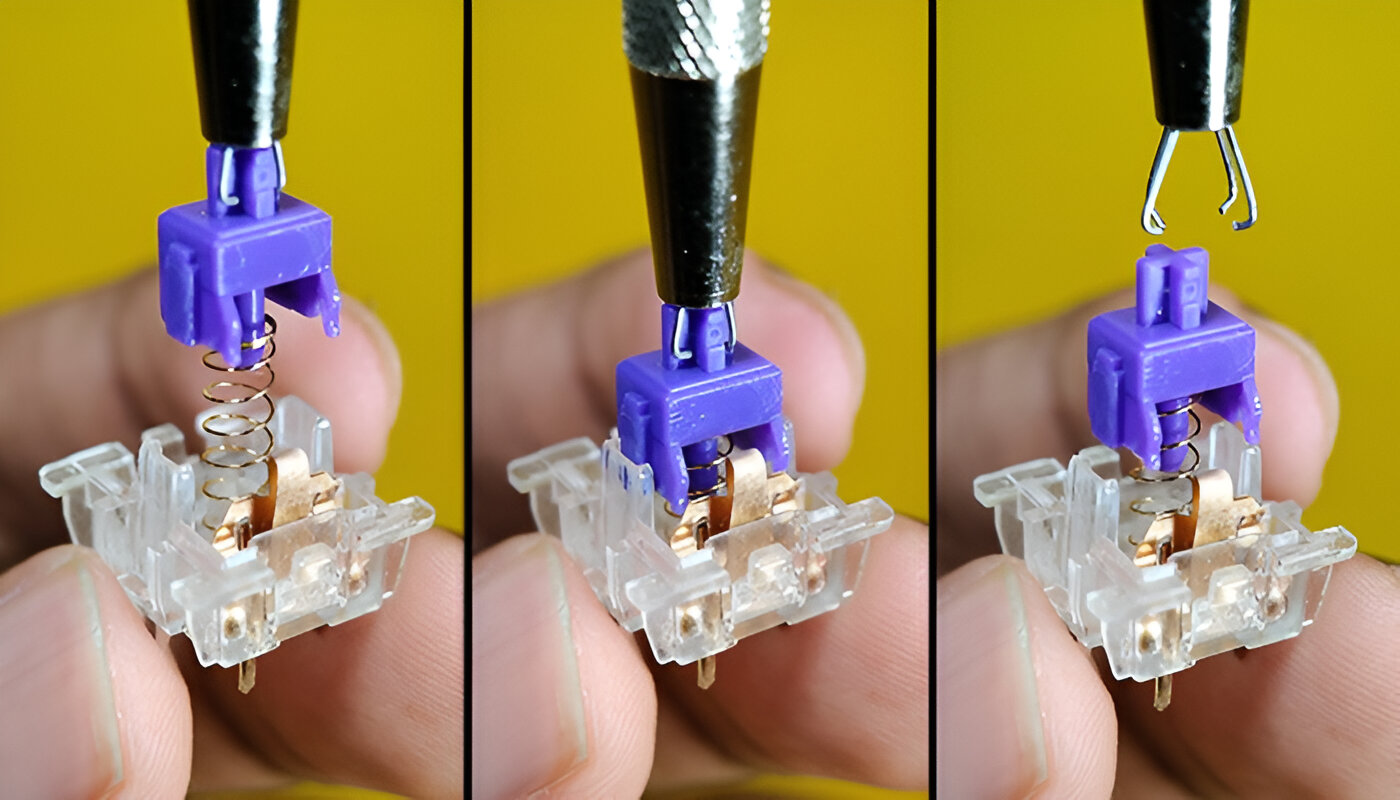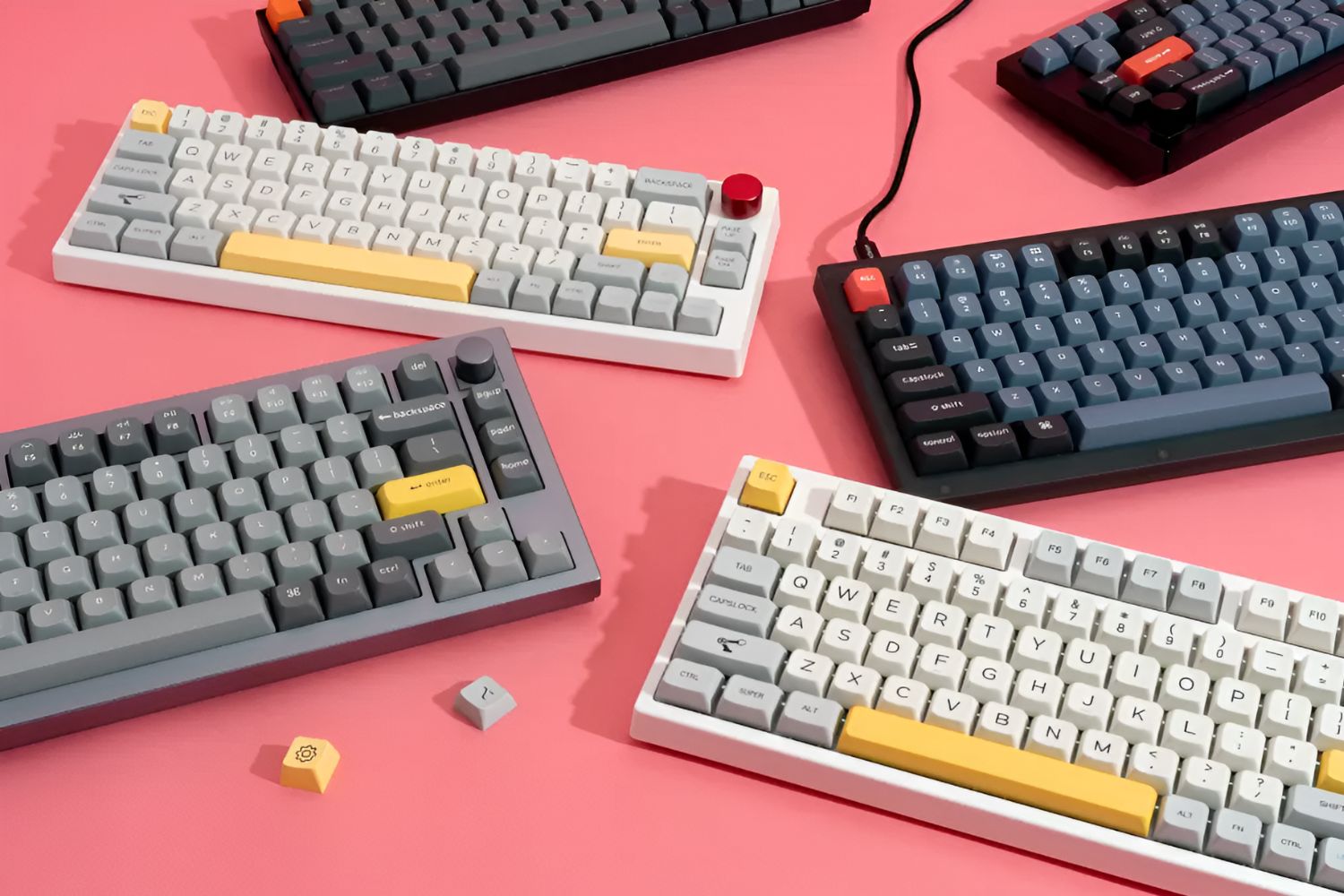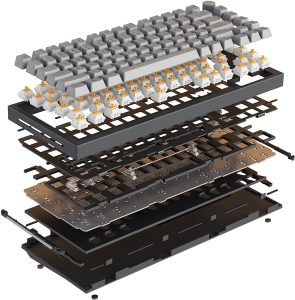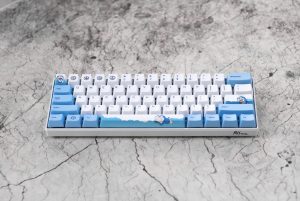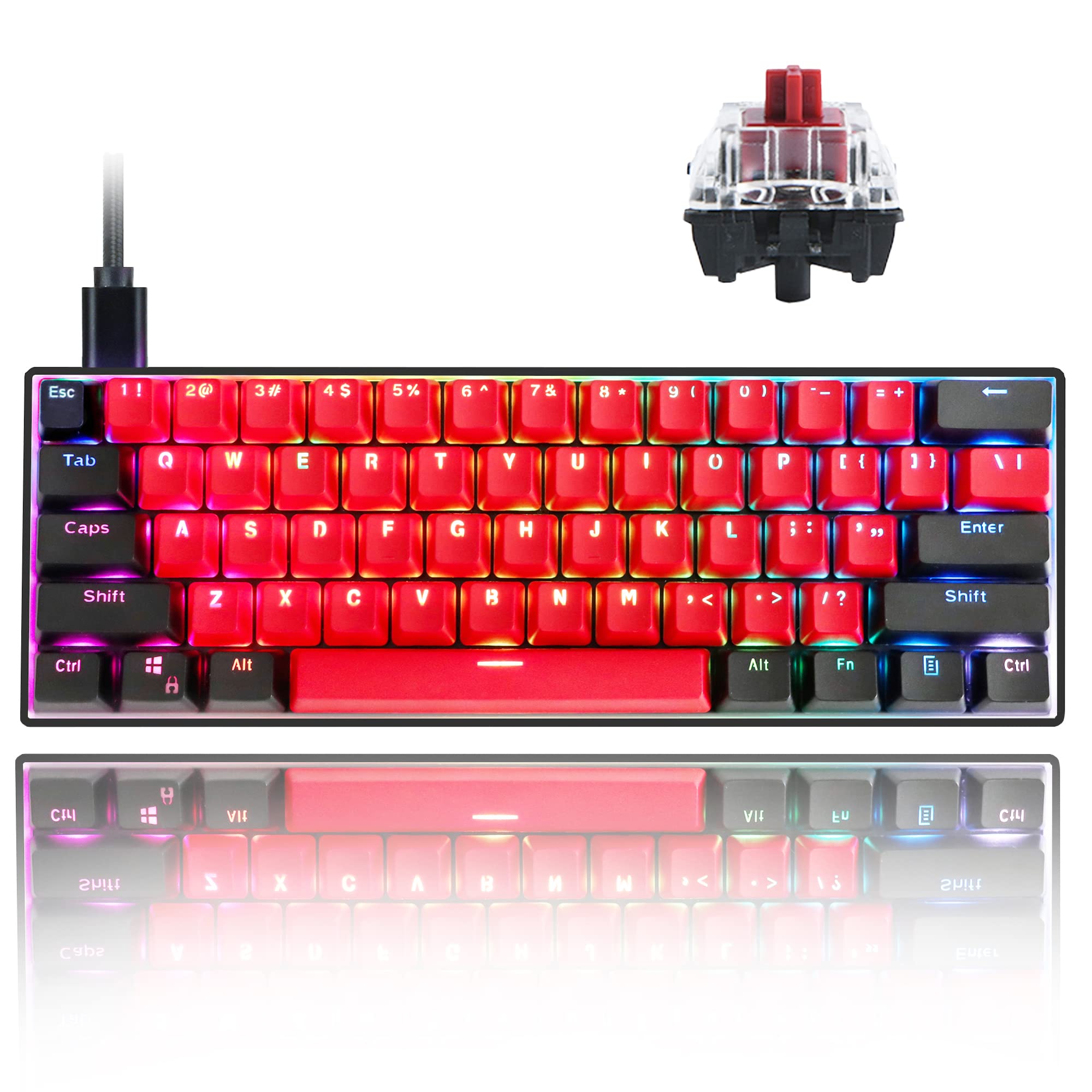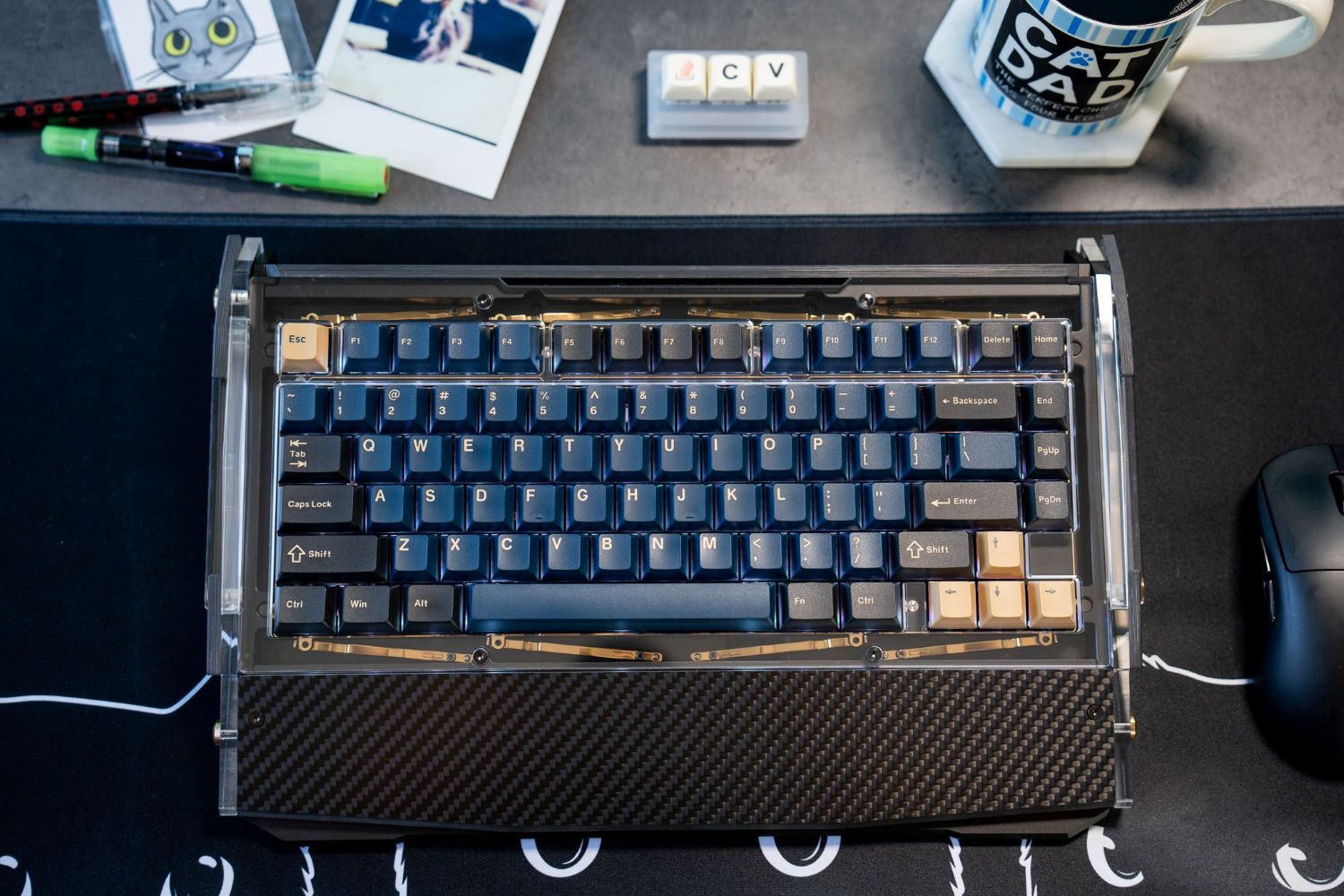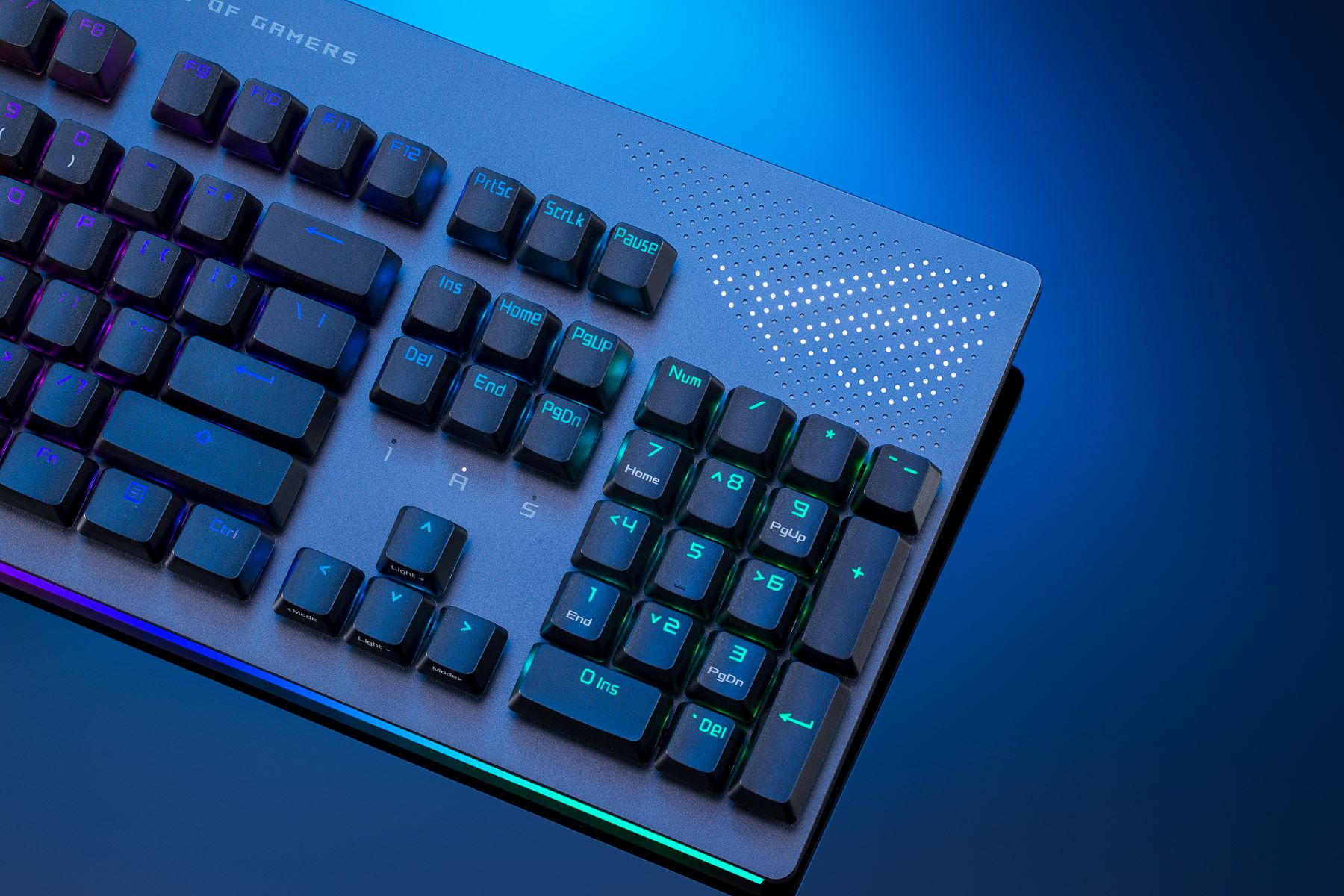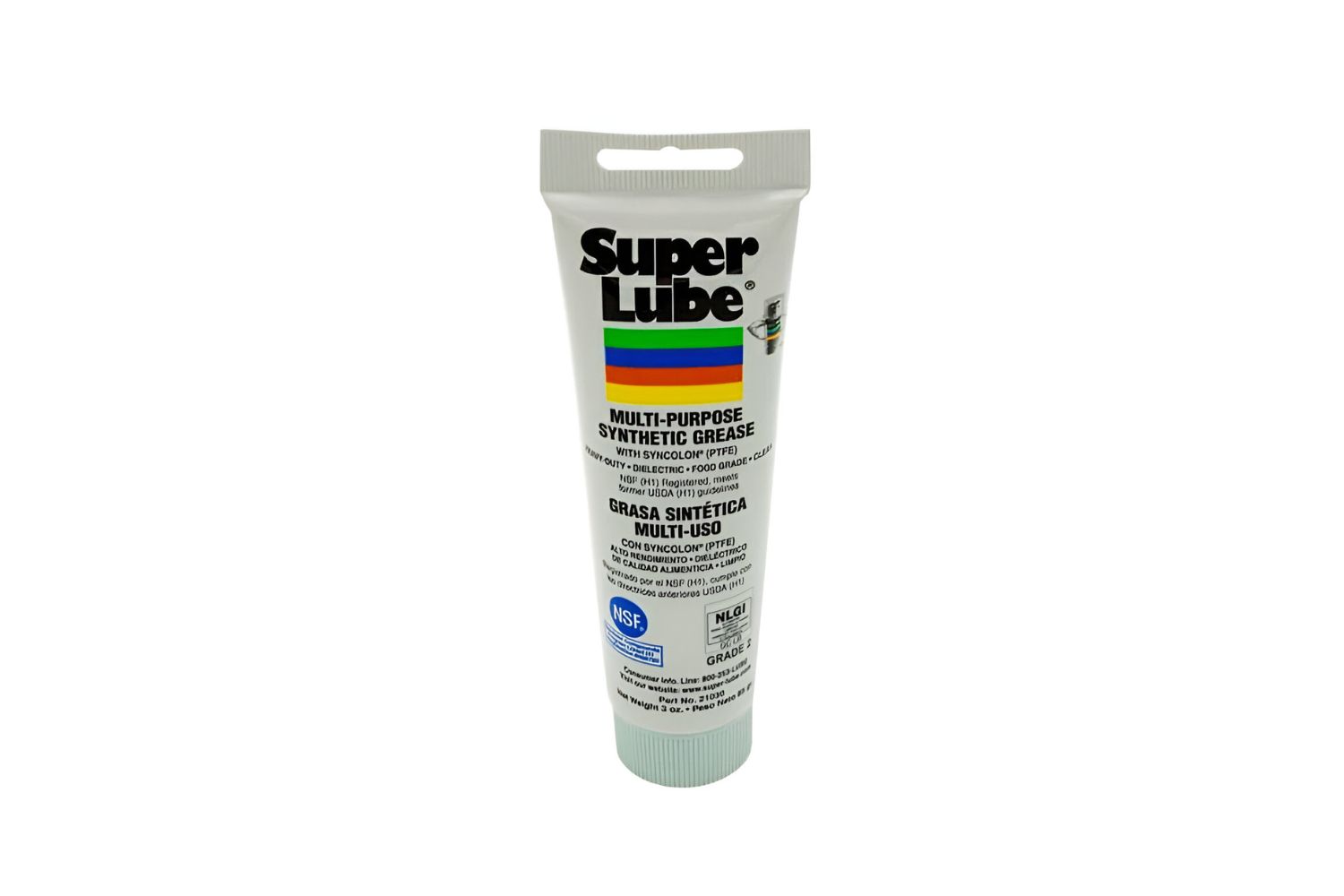Introduction
When it comes to the world of mechanical keyboards, enthusiasts are constantly seeking ways to optimize their typing experience. One crucial aspect of keyboard maintenance and customization is the application of lubricants to the switches. This not only enhances the smoothness and consistency of key presses but also prolongs the lifespan of the switches. However, navigating the diverse range of lubricants and understanding which ones are best suited for specific switches can be a daunting task.
In this comprehensive guide, we will delve into the realm of mechanical keyboard lubricants, exploring the various types available, the factors to consider when selecting a lube, and the best options for different types of switches. Additionally, we will provide step-by-step instructions on how to effectively apply lubricant to mechanical keyboard switches, ensuring optimal performance and longevity.
Whether you are a seasoned mechanical keyboard enthusiast or a newcomer looking to elevate your typing experience, this guide will equip you with the knowledge and insights needed to make informed decisions about which lubricants to use on your mechanical keyboard switches. Let's embark on this enlightening journey into the world of keyboard customization and maintenance.
Types of Lubricants for Mechanical Keyboards
When it comes to lubricating mechanical keyboard switches, it is essential to understand the different types of lubricants available and their respective properties. The two primary categories of lubricants used in mechanical keyboards are oil-based and grease-based lubricants.
- Oil-based Lubricants: These lubricants are typically thinner in consistency and are ideal for switches that require a lighter application. They offer excellent fluidity and can penetrate tight spaces within the switch mechanism, ensuring smooth and consistent key presses. Popular oil-based lubricants include synthetic oils such as Krytox GPL 103 and GPL 105, as well as silicone-based oils like Techflex and Super Lube Oil.
- Grease-based Lubricants: Unlike oil-based lubricants, grease-based lubricants have a thicker consistency and are better suited for switches that require a more substantial coating. They provide enhanced protection against friction and wear, making them suitable for switches that undergo heavy usage. Widely used grease-based lubricants include Krytox GPL 205 and GPL 206, as well as dielectric greases like Permatex Dielectric Tune-Up Grease.
It is important to note that the choice between oil-based and grease-based lubricants depends on the specific characteristics of the keyboard switches and the desired typing experience. Understanding the distinctions between these lubricants is crucial in determining the most suitable option for enhancing the performance and feel of mechanical keyboard switches.
Factors to Consider When Choosing a Lube
When selecting a lubricant for mechanical keyboard switches, several key factors should be taken into consideration to ensure optimal performance and longevity. Understanding these factors will enable enthusiasts to make informed decisions that align with their specific keyboard preferences and usage patterns.
- Viscosity: The viscosity of the lubricant plays a critical role in determining the feel and sound of the keyboard switches. Higher viscosity lubricants, such as greases, provide a more dampened and cushioned typing experience, while lower viscosity lubricants, such as oils, yield a smoother and more responsive feel.
- Switch Type: Different keyboard switches, such as linear, tactile, and clicky switches, have varying internal mechanisms and friction points. It is essential to select a lubricant that complements the specific characteristics of the switch type to achieve the desired typing experience.
- Application Method: Consider the ease of application and the accessibility of the switch housing when choosing a lubricant. Some lubricants are designed for precise application using a brush or applicator, while others are more suitable for spray or dropper dispensing methods.
- Durability: Assess the durability and longevity of the chosen lubricant, especially in high-friction environments. A durable lubricant will maintain its effectiveness over an extended period, reducing the frequency of reapplication and ensuring consistent switch performance.
- Compatibility: Ensure that the selected lubricant is compatible with the materials used in the keyboard switches, such as plastic, metal, or silicone. Compatibility issues can lead to degradation of switch components and compromise the overall performance of the keyboard.
- Noise Reduction: Some lubricants are specifically formulated to reduce the noise produced by keyboard switches, making them ideal for users who prioritize a quieter typing experience. Consider the acoustic properties of the lubricant when aiming for noise reduction.
By carefully evaluating these factors, keyboard enthusiasts can make well-informed decisions when choosing a lubricant for their mechanical keyboard switches, ultimately enhancing the typing feel, reducing friction, and prolonging the lifespan of the switches.
Best Lubricants for Different Types of Switches
Choosing the right lubricant for specific types of mechanical keyboard switches is crucial for achieving the desired typing experience. Different switches, such as linear, tactile, and clicky switches, have unique characteristics that influence the selection of an appropriate lubricant. Here are some of the best lubricants tailored to different switch types:
- Linear Switches: For linear switches, which offer a smooth and consistent keystroke without tactile feedback, a low-viscosity oil-based lubricant is recommended. Krytox GPL 103 or GPL 105 are popular choices, as they provide excellent fluidity and reduce friction, resulting in a buttery-smooth typing experience.
- Tactile Switches: Tactile switches feature a noticeable bump in the keystroke, providing tactile feedback to typists. When lubricating tactile switches, a medium-viscosity lubricant such as Krytox GPL 205 or Tribosys 3204 is ideal. These lubricants enhance the tactile response while minimizing the friction within the switch mechanism.
- Clicky Switches: Clicky switches are characterized by an audible click sound during actuation, in addition to tactile feedback. Lubricating clicky switches with a medium-viscosity lubricant like Krytox GPL 205g0 can help reduce the loudness of the click while preserving the tactile feel, resulting in a more refined and quieter typing experience.
It is important to note that the application of lubricants should be done sparingly and precisely to maintain the integrity of the switch characteristics. Additionally, experimenting with different lubricants and application techniques can help enthusiasts fine-tune the typing feel to their preference, ensuring a customized and optimized typing experience.
How to Apply Lube to Mechanical Keyboard Switches
Applying lubricant to mechanical keyboard switches is a delicate process that requires precision and attention to detail. By following the steps outlined below, enthusiasts can effectively apply lubricant to their switches, enhancing their performance and feel:
- Disassemble the Keyboard: Begin by disassembling the keyboard to access the switch housings. Depending on the keyboard model, this may involve removing keycaps and the top keyboard plate to expose the switches.
- Clean the Switches: Prior to applying lubricant, ensure that the switch housings are free of dust and debris. A clean switch housing provides an optimal surface for the lubricant to adhere to and reduces the risk of contamination.
- Apply Lubricant Sparingly: Using a fine-tipped brush or applicator, apply a small amount of lubricant to the necessary contact points within the switch housing. It is crucial to use the appropriate viscosity of lubricant based on the switch type and the desired typing experience.
- Distribute the Lubricant: After applying the lubricant, gently actuate the switches multiple times to distribute the lubricant evenly across the contact points. This ensures that the lubricant coats the internal components, reducing friction and enhancing smoothness.
- Reassemble the Keyboard: Once the lubricant has been evenly distributed, reassemble the keyboard by replacing the switch housings, top plate, and keycaps. Ensure that all components are securely fastened to maintain the structural integrity of the keyboard.
- Test and Fine-Tune: After reassembly, test the keyboard to assess the impact of the lubricant on the typing experience. Fine-tune the amount of lubricant and its distribution based on personal preferences, ensuring that the switches exhibit the desired smoothness and responsiveness.
It is important to exercise patience and precision during the lubrication process, as over-application of lubricant can lead to undesirable typing characteristics, such as mushiness or sluggishness. By following these steps and exercising caution, enthusiasts can effectively apply lubricant to their mechanical keyboard switches, optimizing their typing experience and prolonging the lifespan of the switches.
Conclusion
As we conclude this enlightening journey into the realm of mechanical keyboard lubrication, it is evident that the application of the right lubricant can significantly enhance the typing experience while prolonging the lifespan of the switches. By understanding the various types of lubricants, the factors to consider when choosing a lube, and the best options for different switch types, keyboard enthusiasts are equipped with the knowledge to make informed decisions tailored to their specific preferences and usage patterns.
Furthermore, the meticulous process of applying lubricant to mechanical keyboard switches, as outlined in this guide, underscores the importance of precision and attention to detail. By following the recommended steps and exercising patience, enthusiasts can achieve a customized and optimized typing experience that aligns with their unique preferences.
Ultimately, the world of mechanical keyboard customization and maintenance offers a rich tapestry of opportunities for enthusiasts to elevate their typing experience. Whether it involves experimenting with different lubricants, fine-tuning the feel of the switches, or embarking on the journey of keyboard modification, the pursuit of keyboard perfection is a rewarding endeavor that continues to captivate enthusiasts worldwide.
Armed with the knowledge and insights gleaned from this guide, enthusiasts can embark on their keyboard customization odyssey with confidence, knowing that they are poised to unlock the full potential of their mechanical keyboards and indulge in a typing experience that is truly their own.







